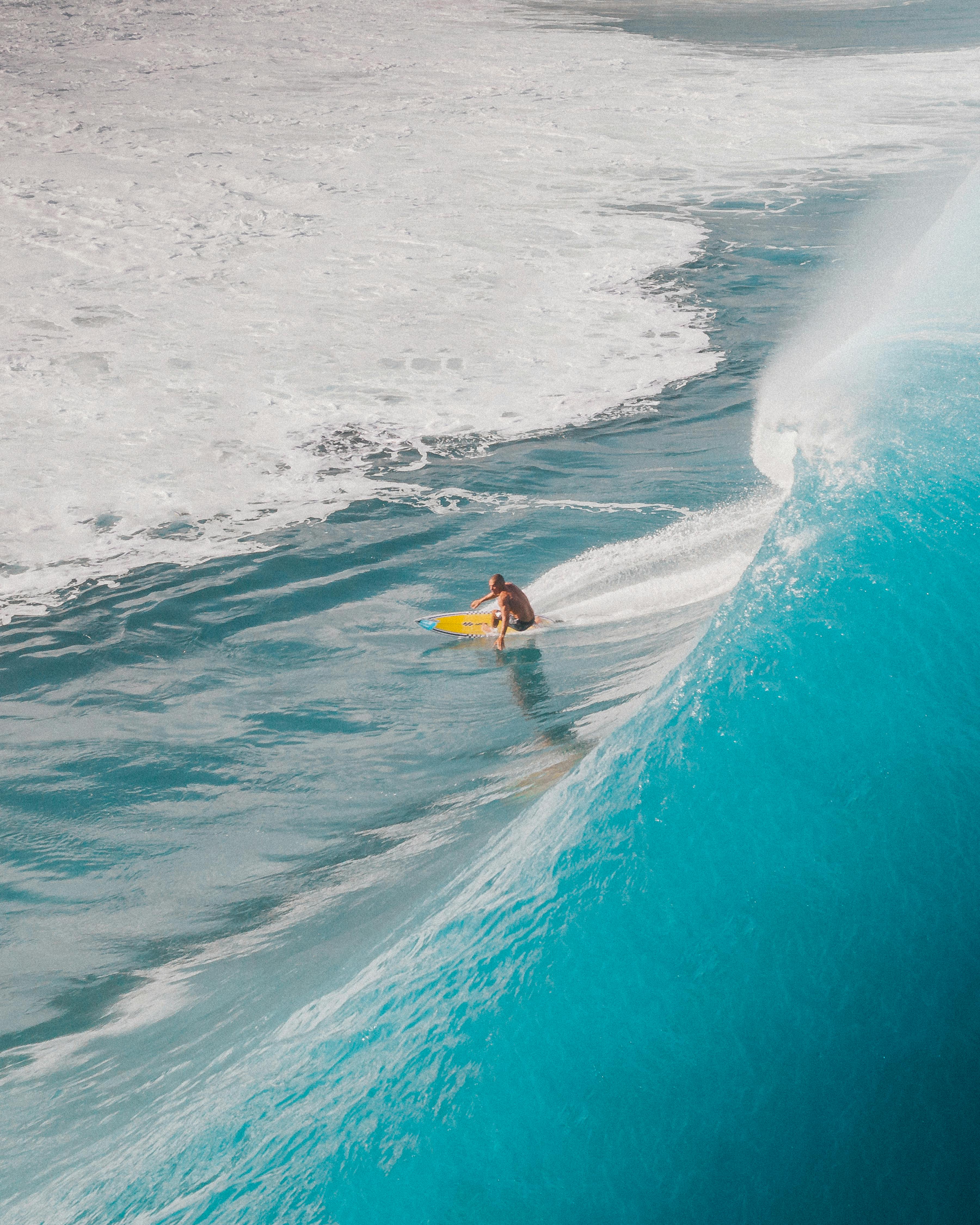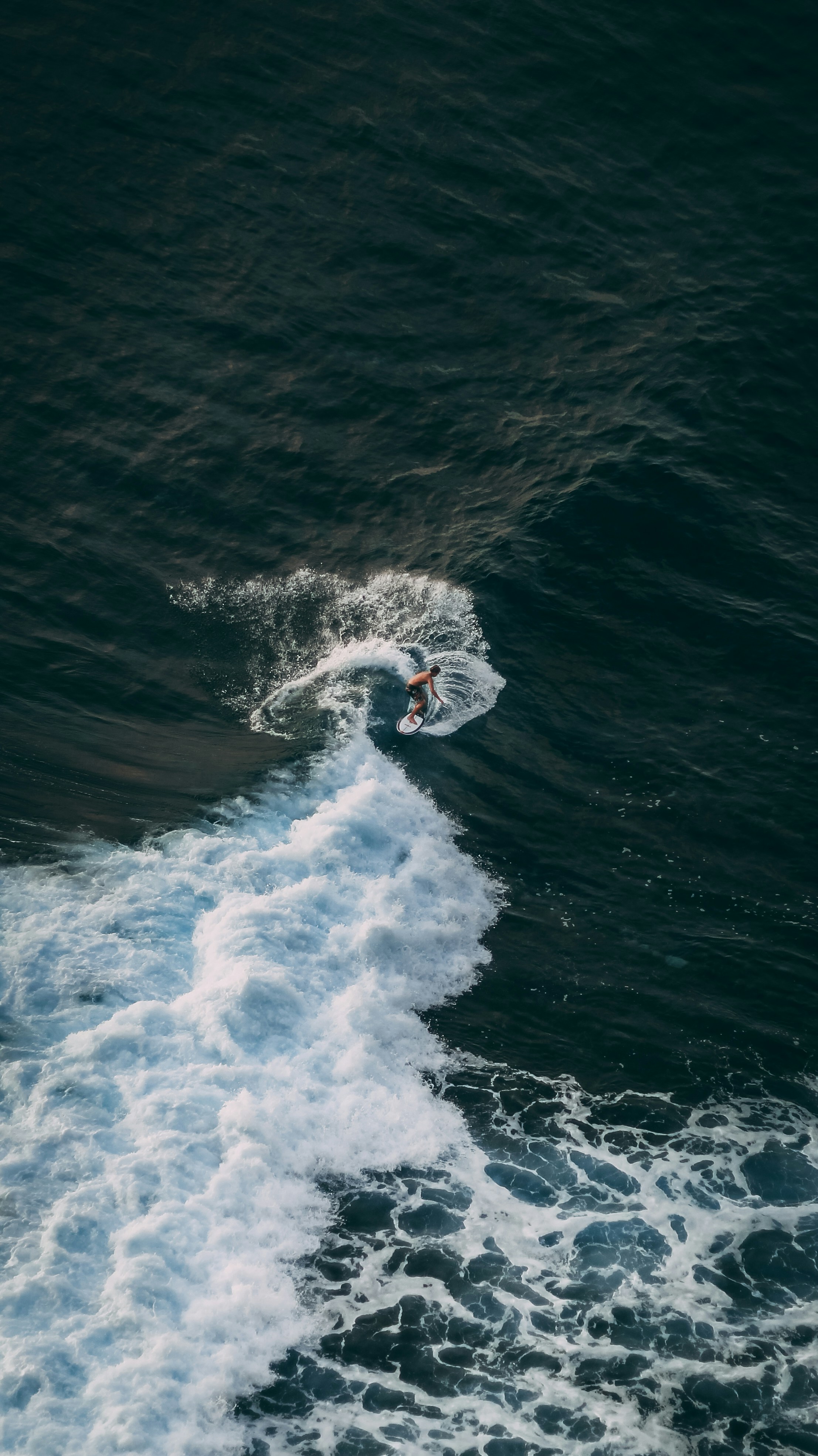Are You Surfing the Wrong Section of the Wave?
You drop in, look down the line, and throw a turn. But it doesn’t feel right. It’s either underpowered, mistimed, or just... awkward.
Chances are, you’re surfing the wrong section.
Positioning isn’t just about catching waves — it’s about knowing where on the wave to perform, and what to do when you get there. Even upper-intermediate surfers mess this up.
Let’s break down where most people go wrong — and how to fix it.
1. You’re Guessing — Not Reading
Most surfers paddle out and try to “feel” where the wave will break. But without real positioning habits, they’re always slightly out of sync — too deep, too wide, too late.
Great surfing starts before you paddle for a wave.
What to do:
– Read the peak from the shore: where is the wave steepest?
– Watch the best surfers — where are they sitting and how do they move?
– As the wave approaches, stay facing it — don’t turn too early
– Adjust positioning up to the last second if needed
Even a two-meter shift can change your entire ride.
2. You’re Taking Off in No Man’s Land
There are three common takeoff zones — and only one of them is built for progression:
– Too deep: You’ll nose-dive or get closed out
– Too wide: You’ll miss the pocket and start with no speed
– The shoulder: Feels safe, but you’re out of the power zone
You want the pocket. That’s where the wave’s energy is focused — and where your turns have the most power.
If you’re still catching whitewater, trimming slowly, or fighting to stay on the face, it’s probably a positioning issue — not a technique one.
3. You’re Doing the Right Turn — In the Wrong Spot
Even solid turns fall flat when they’re done in the wrong section.
Let’s break it down:
– Cutbacks / top turns work best on open shoulders or flatter faces
– Re-entries need a steeper lip — something to rebound off of
If you’re trying to force a re-entry into a mellow section, you’ll either slide out or kill all your speed. On the flip side, doing a lazy cutback into a steep lip wastes potential (and usually ends in a wipeout).
Watch for:
– Lip height and steepness
– How fast the section is moving
– Whether you’re behind, on time, or racing ahead
Learn to read the wave before deciding what to do. That’s what separates instinctive, stylish surfers from the ones who flail through every section.
4. You’re Not Holding the Bottom Turn Long Enough
This is where timing comes in.
Re-entries require a longer bottom turn — with later release and a more vertical angle. Cutbacks, on the other hand, can use a shallower arc and earlier rotation.
If you cut your bottom turn short, you’ll exit sideways. If you hold it too long in the wrong section, you’ll outrun the lip or miss the rebound.
Fix it by:
– Practicing on land or surf skate — focus on the difference in arc and release
– Watching POV footage (your own or others) and comparing entry lines
– Committing to a vertical line for re-entries — not just “throwing the tail”
Great turns start at the bottom of the wave — not the top.
How TRAX Helps You Choose the Right Section
TRAX makes all of this visible.
It’s a smart sensor and app system that tracks your:
– Takeoff angle
– Bottom turn arc and duration
– Turn location and timing
– Flow breakdown between sections
It doesn’t just tell you what happened — it shows you why it worked (or didn’t). Then, it gives you tailored feedback and land-based drills to fix positioning, turning mechanics, and timing errors.
Whether you’re missing the lip, outrunning the pocket, or turning in the wrong zone — TRAX helps you adjust.
Better sections = better surfing. Learn to read waves like a pro — and train smarter with TRAX.
Sign up here for early access.
How to Surf Fluidly – Being in the right spot means nothing if your body’s out of sync.
Why You’re Not Really Surfing the Waves You Catch – Wrong section, wrong timing, wrong outcome.

.jpg)






